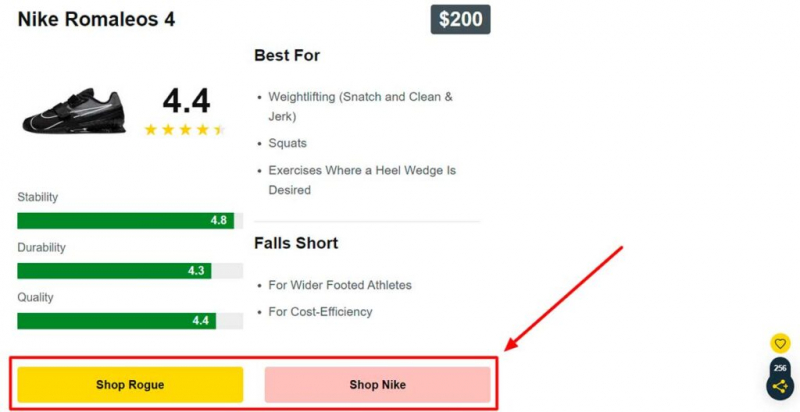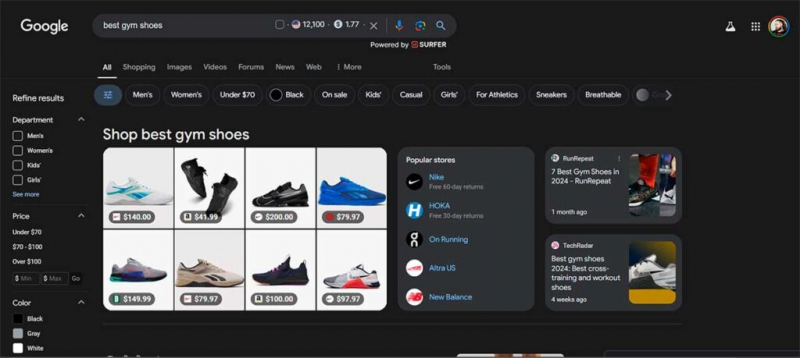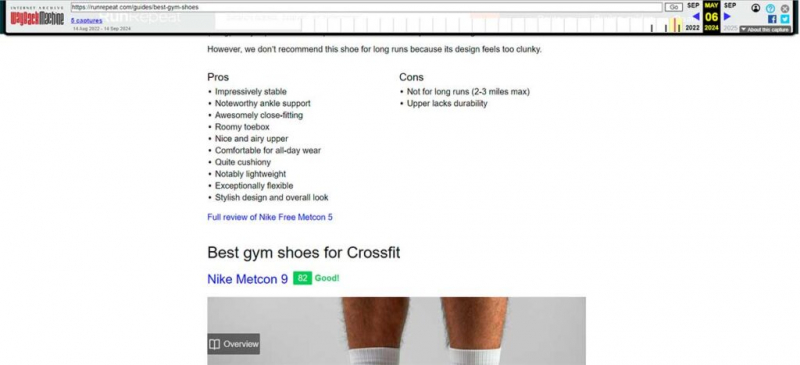Imagine that you earn $20,000 a month on your favorite project that you are really passionate about. And then, one day, Google just destroys it.
This is the real story of Jake Pain, the founder of a fitness equipment review site, who lost about 90% of organic traffic. Following this, his revenue also fell, and the dream of creating content about workouts and shoes turned into a nightmare.
The case is not unique – many sites suffer from Google algorithm updates. However, Jake has not given up and intends to rebuild his business. We will try to figure out what went wrong and how to help such a project return to its previous level.

Recommendation of the month: Pin-up Partners – affiliate program in gambling and betting verticals. A direct advertiser operating under the brand of the same name since 2016 on CPA, RevShare, RevShare+ and HYBRID models.
- The story of Jake and his site
- Matching user intent
- User experience
- Decisive changes on the site
- Content strategy
- Conclusion
The story of Jake and his website
Jake’s website is at the peak of its popularity (thatfitfriend.com ) received more than 167,000 visits per month, but after Google algorithm updates such as Helpful Content Update, Core Update in October 2023 and March 2024, traffic dropped to 1,800 visits.

The graphs from Ahrefs (which are fully correlated with GSC and GA4) show that significant drops in organic traffic occur precisely on major updates to Google algorithms.
And there is nothing unique about this story. In the old days, Google actively fought against purchased links, simultaneously destroying innocent sites. Now the same massacre is happening because of AI content (for reference: thatfitfriend.com there is no content generated by artificial intelligence).
The main tools for monetization of Jake’s website are affiliate marketing and advertising. That is, he earns money when someone buys goods by going from his website via affiliate links to online stores. Accordingly, there is a direct relationship between traffic and income.

Launching a review site is not cheap. For example, in just 1 month of work, Jake spent $ 3,700 on buying shoes for reviews. And in addition, you need to write reviews yourself, do link building, distribute content, not to mention hosting and other minor related expenses.
Jake has always been different from the competition in that he personally bought and tested all the products that he described in his reviews. This gave its content information, honesty and objectivity (which Google itself now requires, based on the documentation on E-E-A-T).
Before launching the site, Jake worked as a fitness instructor for a long time. He has written 2,000 articles and shot 300 videos on the topic. His publications are posted on such world-famous websites as, for example, Men’s Health or Business Insider.
But now that it’s posting similar content on its own site, “That Fit Friend”, Google seems to have stopped treating it in the same way as content on global giants.
Why did this happen?
Compliance with the user’s intent
Jake’s main strategy has always been to create articles that would help everyone find the best workout shoes. But what do users really want to see on review sites?
Let’s type in a Google search a typical query for reviewers: “best gym shoes” (the best shoes for the gym).

What do we see?
Product cards and filters for their search. That is, the functionality of a classic online store. Users don’t want to read your giant reviews, in most cases. They want to see the product.
Take a look at the left column of the search results:
- for men;
- for women;
- for children;
- for girls;
- cheaper than $70;
- from $70 to $100;
- more expensive than $100;
- black;
- gray;
- white;
- , etc.
Thus, by analyzing the search results page, you begin to learn more about who your potential user (client) really is and what he needs.
Now, let’s scroll down to the organic page below. And let’s see who is ranked in the top there.

“7 Best Gym Shoes in 2024” – article from the classic reviewer runrepeat.com .
And what is itis it different from Jake’s website? Let’s go to the page and take a look.

Right at the top of the page are the recommendations of some shoddy cheap shoes. And the Google Ads banner is stuck to the bottom of the screen and a video ad is playing on the right.
At the same time, not only did the organics of this site, even in difficult times, not fall below 140,000 users per month, but it is also growing at an explosive pace, starting in April 2024, already exceeding 2 million users per month.
But the graphs show that runrepeat.com and thatfitfriend.com there were common SEO problems, because Google punished them in a similar way at the same time intervals.

What is the difference between articles now runrepeat.com ?
At first sight:
- large image, almost the entire first screen;
- summary of the essence of the article;
- a block with goods;
- high-quality video with the process of real shoe testing.
The intended user path:
- Google search.
- Go to the reviewer’s page.
- Transfer to the partner store.
- Purchase.
- Closing the Google search page.
That is, a person does not return to organics, and does not continue the search. For Google, this is a clear signal that this reviewer’s page fully corresponds to the user’s intent.
Apparently, behavioral factors play a decisive role here, which, based on the analysis of the drains of Google ranking factors, are fundamental in 2024.
User experience
We have already partially touched on this element above.
The first important thing for a good user experience is the choice. And this one has runrepeat.com plenty.

See how many options there are in one block of the page:
- filter by gender;
- filter by size;
- filter by color (with a visual demonstration);
- 6 stores where you can make a purchase.
Now compare this with what it offers thatfitfriend.com (screenshot at the very beginning of this article).
Google’s official product review guidelines explicitly state that people need to provide links to different sellers so that they have a choice.
So, in terms of user experience (and, by extension, Google), runrepeat.com It goes around by a head thatfitfriend.com : the user not only reads the review, but can also immediately select the appropriate product.
In addition, such detailed filters additionally force a person to click on them, choose something, and think. And in the process, he forgets about the Google search page, delving into the details and improving all the same behavioral factors of the site.
Decisive changes on the site
But that’s not all! We remember that both sites were punished by the search giant. However, Jake’s competitors somehow not only got out of punishment, but also multiplied their traffic.
Let’s go to the Web Archive and see what changes have occurred on the site recently.
Among other things, this is what the article block looked like in May 2024, the screenshot of which I posted above:

Do you see the difference? They added just the same block with filters. The same block that you and I saw on the first screen of Google search results for the query “best gym shoes”.
Content strategy
Jake’s content strategy for his review site used to be based on what’s trending now, what’s relevant. In fact, he relied heavily on new products, which he reviewed, receiving part of the event traffic.
However, in such cases, you create content “for everyone”, optimizing articles more for titles and brands. And if you create content for everyone, you don’t create it for anyone.
Here are the top pages thatfitfriend.com , from the point of view of organics:
- Review of On Cloud X3;
- Review of On Cloud 5;
- An overview of the characteristics of the Nike Metcon 8;
- Overview of the characteristics of the Nike Metcon 9.
Instead, from an SEO perspective, it would be more effective to focus on specific categories of potential users. For example, like a competitor’s:
- The best basketball shoes;
- The best walking shoes for plantar fasciitis;
- The best running shoes for running on the highway;
- The best shoes for walking and standing all day long;
- The best running shoes for flat feet;
- , etc.
Conclusion
If you fall under the Google filter, you need to approach the recovery process systematically:
- Analyze the data (GSC, GA4, Ahrefs, Semrush and the search results themselves).
- Build reasonable hypotheses.
- Test one hypothesis at a time.
Although the recovery of Jake’s site is still slow, his traffic has begun to gradually return. The Google update in August 2024 helped partially restore the site’s position, but a full recovery is still ahead.
And also, the story thatfitfriend.com – an important reminder that you cannot rely on just one traffic source. SEO remains a powerful marketing channel in 2024, but if you put all your eggs in one basket, losing it could lead you to bankruptcy.
Source of information: Youtube.
